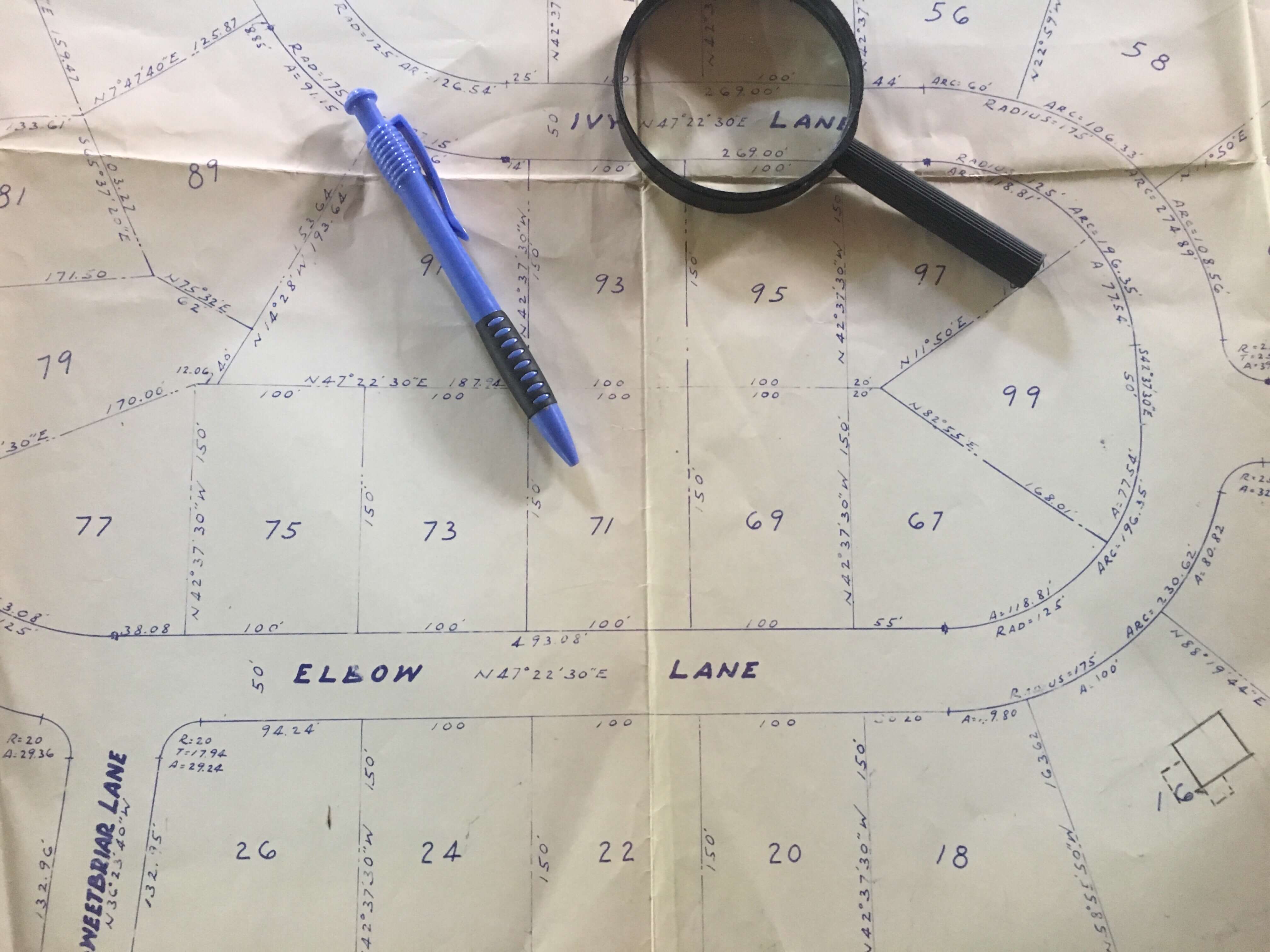
Your old fence needs to be replaced. You have a tree you want to cut down. You want to put a storage shed in the back corner of your yard. All of these improvements seem relatively simple and doable. However, before you begin to build or move or buy, consider the property lines that define your property.
One of the primary reasons property lines are important is that they protect the rights of landowners. Knowing the exact boundaries helps avoid encroachments—situations where someone unknowingly builds or alters part of a neighboring property. This can lead to legal battles, strained relationships, and costly repairs or alterations to structures built over the line. Clear property lines also aid in planning landscaping or fencing, helping to ensure compliance with local zoning laws and homeowners’ association guidelines.
For anyone looking to sell or purchase real estate, property lines are essential in determining the actual size and value of the property. A clear understanding of where property begins and ends can impact market value, especially if buyers intend to expand the home or add outdoor features like a pool or deck. Accurate property lines also make it easier to assess the potential for any legal disputes that could arise after a sale.
Property lines are critical, particularly under Indiana law. Understanding and maintaining accurate property boundaries ensures that you’re following legal guidelines when building, landscaping, or selling land. Indiana has specific laws that make property line clarity essential. Here are key methods to determine property lines in Indiana:
Determining Property Lines
- Review the Property Deed: Your property deed will often include a detailed description of the land’s boundaries, which may reference landmarks or measurements.
- Check the Plat Map: Plat maps are available at local government offices and show the layout of subdivisions, including property lines and lot dimensions.
- Consult the County Assessor’s Website: Many Indiana counties offer property boundary information online, which can be a quick way to review general property lines.
- Use Existing Boundary Markers: Many properties have physical markers, such as stakes or iron pins, that indicate the corners of the lot.
- Hire a Professional Land Surveyor: If boundaries are unclear or disputed, a licensed surveyor can provide an accurate survey, often required in legal disputes or before making major property changes.
- Check Your Property Title Insurance Documents: Title insurance often includes records of past surveys, which can provide an additional reference point for property lines. If you don’t remember the name of the title company, your lender will have this document.
- Use Mobile Apps or Online Services: Technology can help with basic DIY property line checks, but official documentation from a professional surveyor remains the most reliable method.
In Indiana, if someone openly uses part of your land for over 10 years without permission, they could claim ownership; therefore, making clear property boundaries is crucial to prevent this. Additionally, under Indiana’s Fence Law, neighbors are required to share the cost of fences along shared property lines. Misunderstandings about property boundaries can result in costly disputes or forced removal of structures built over the line.Accurately determining property lines using these methods protects your property rights and ensures you comply with local regulations.
Whether checking boundary markers or hiring a land surveyor, it’s essential to maintain clarity to avoid legal and financial repercussions. As with anything having to do with your property, the Yosha Snyder Group has your best interests at heart. Don’t hesitate to contact their real estate professionals for guidance–you want that new fence to be in the best position possible when you, one day in the future, choose to sell your home.
